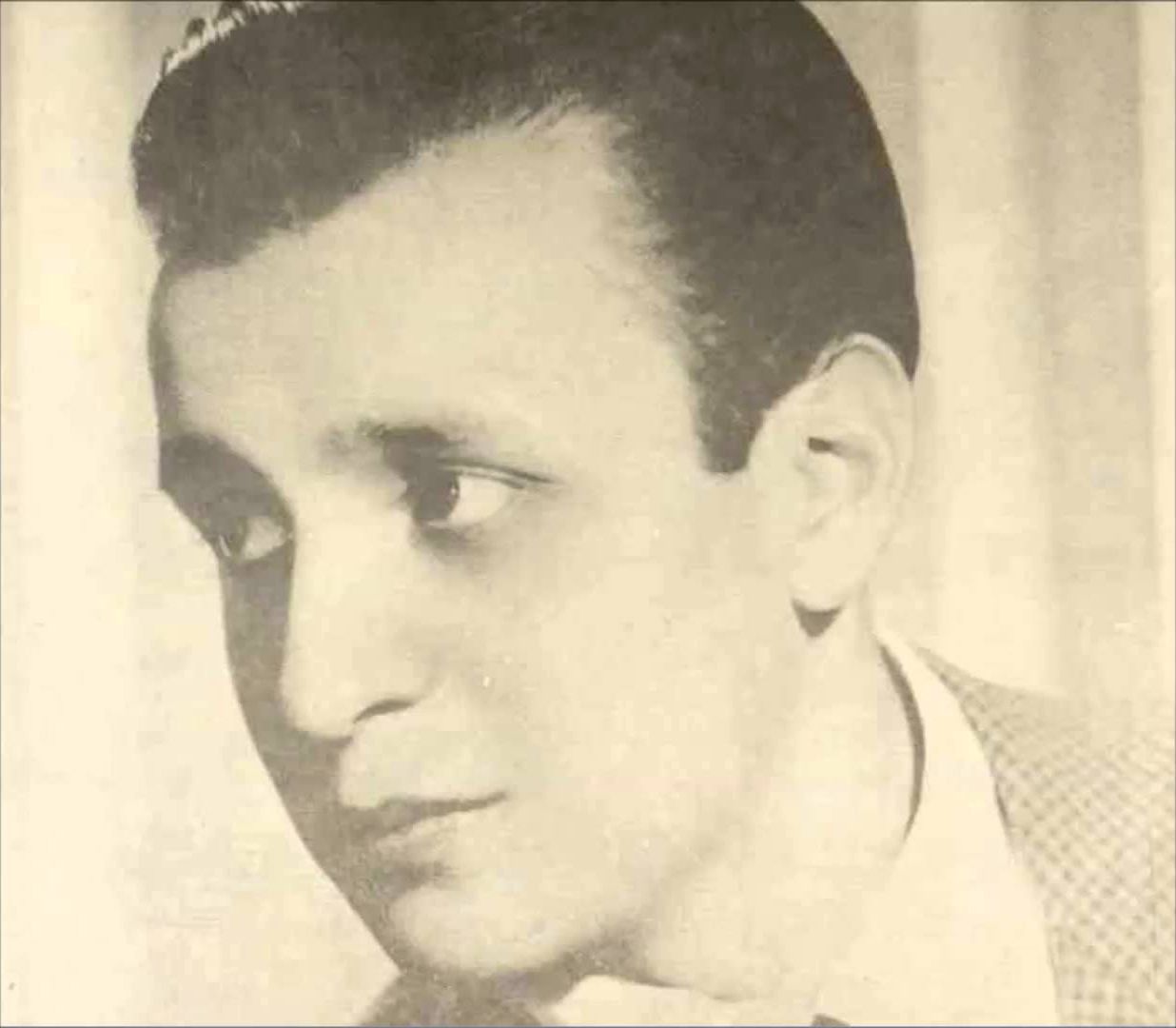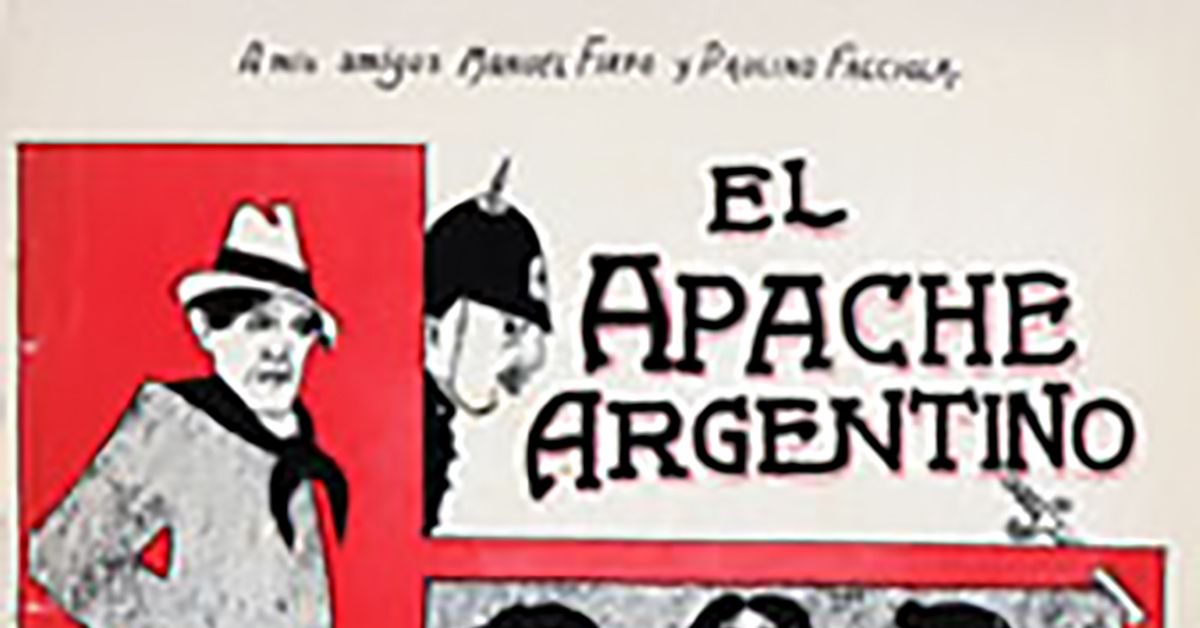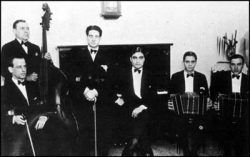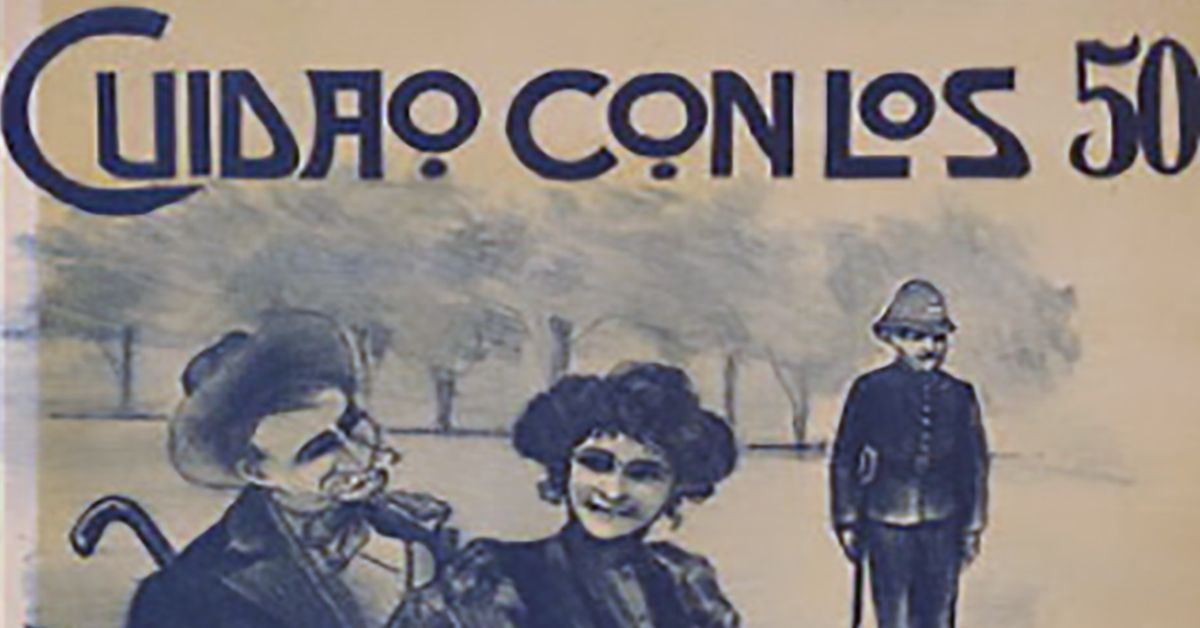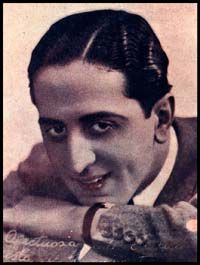“Lo pasao pasó” by Carlos Di Sarli y su Orquesta Típica with Roberto Rufino in vocals, 1940.
 Roberto Rufino
Roberto Rufino
Singer and composer
(January 6, 1922 – February 24, 1999)
1938 was a pivotal year. Carlos Garay, Carlos Di Sarli´s agent, heard him sing the tango written by Di Sarli and Enrique Carrera Sotelo, “Milonguero viejo” and he told his principal about it. The latter included him in his orchestra, with which he could record on December 11, 1939, the tango “Corazón” by Di Sarli and Héctor Marcó.
Fame had already touched him with its magic wand and «at the age of 21 or 22, he had a unprecedented discographic record», as the journalist Jorge Sturla says.
He recorded, together with Di Sarli, forty-six numbers. Meanwhile, he had two brief breaks, with the orchestras of Alfredo Fanuele (1941) and Emilio Orlando (1942), to reunite with El Señor del Tango in 1943. Continue reading at www.todotango.com…
Listen and buy:
If you are in the San Francisco Bay Area and want to learn to dance Tango, you can:
